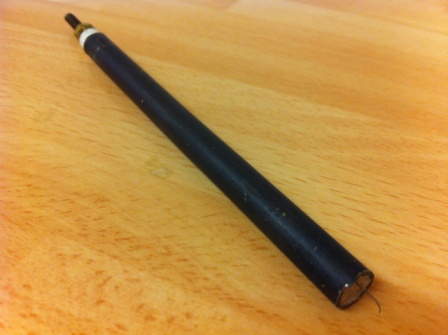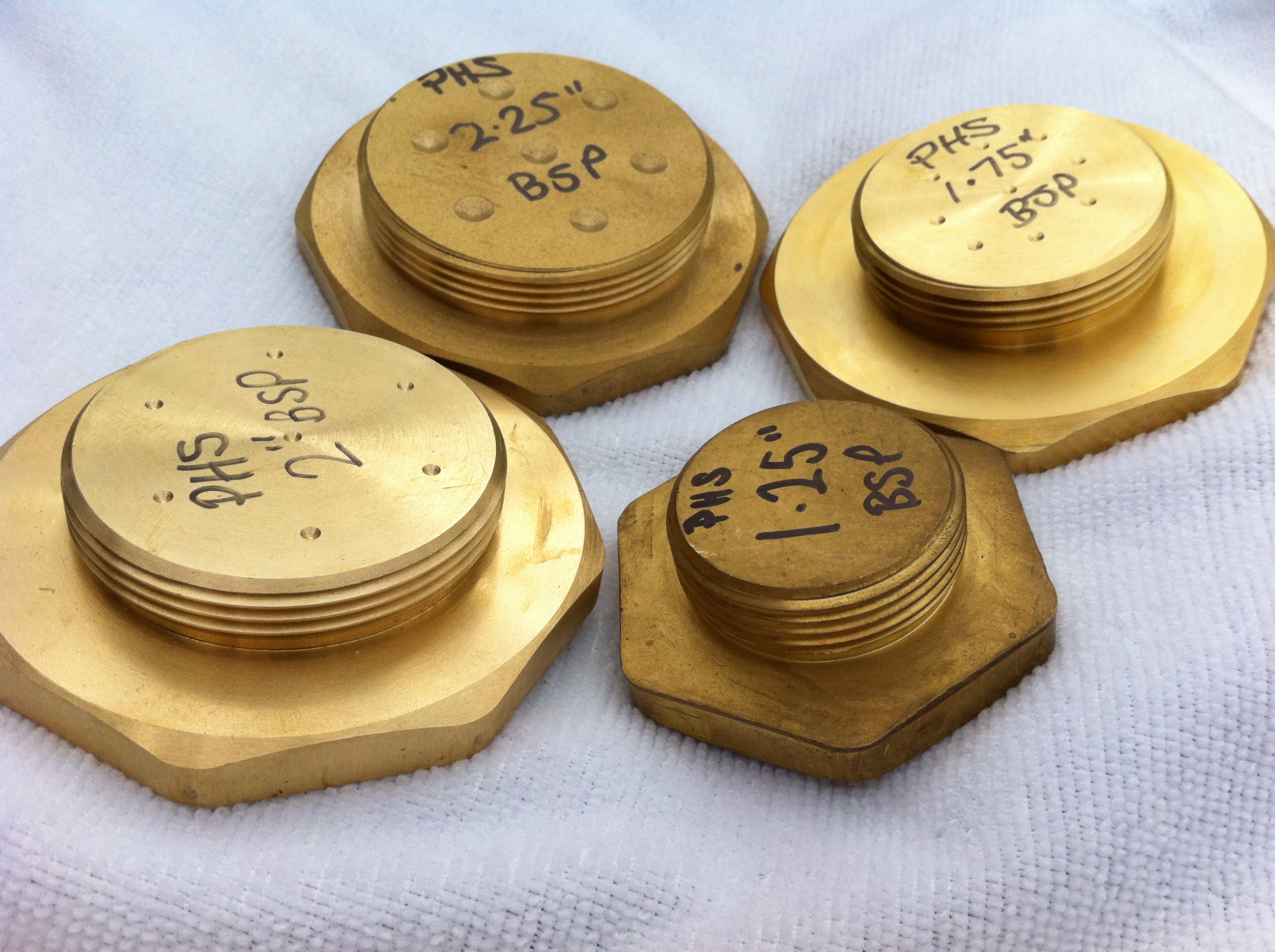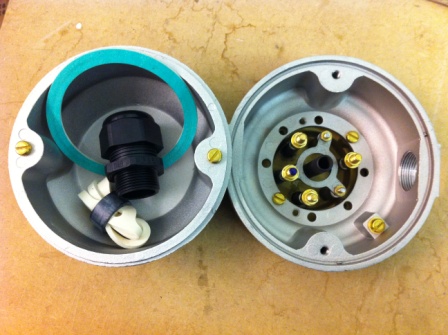Informational content provided by Jamie at ImmersionHeaters.uk.
There are several different considerations that apply generally to all types of immersion heater, regardless of what liquid they are to be immersed in or what type of application they are part of. If we deal with the generic aspects first, then readers can follow the links below, which will tie dowm the specifics of the various types of application you may be purchasing for.
An immersion heater is, simply put, a number of elements, usually 3, elements, a screwplug and a IP rated terminal box to protect the connections.



First off, you need to decide on the necessary IP rating required for your terminal box. This will be dictated by your application, its location and position. As the name suggests, Ingress Protection ratings grade the terminal boxes ability to keep stuff out, thus protecting the connections, thermostats, contactors, etc, inside. See our IP entry for details as to the specific meanings of the 2 digits, but you need to match your application & situation, ie, indoor/outdoor, installed near to floor which is jet washed daily, in a chemically hazardous environment due to fumes from heated liquid, etc, to a minimum required IP rating. Our stock heaters range from IP54 (suitable for outdoor use) to IP 67. It is unlikely that you IP need will exceed what we supply, unless you are in the market for explosion and flameproof, flanged heaters, which we can supply, but in a rather different cost bracket and massively increased leadtime, as they are sourced from Italy.
Next on the list of considerations is the screwplug. The standard size in this fine country of ours is 2.25″ or 2 & 1/4″ BSP, which is probably a historical hangover that has, as yet, resisted the metric march of Brussels and the Eurocrats. It is indeed a quirky system, which I found downright confusing to begin with.
“What does a 2.25″ BSP screwplug measure across the thread?”
“2 and a quarter inches, stupid!” would be most folks reply (including me a couple of years ago!).
WRONG, its a little over 2 and a half inches, or 2.537″ or 2 & 5/8, if you prefer.
Have a look at the screwplug blog entry if you need further detail, & good luck.
Next thing to consider is what are you heating? Hopefully the answer is nice, clean, fresh council pop, or water, as it is known in more affluent areas. Our ii Range has Incoloy 800 sheathed elements, which are ideally suited to water heating and, if you believe the manufacturers is a “superior stainless steel” which has the “…ultimate chemical properties for high-temperature strength and resistance to oxidation, carburization and other types of high-temperature corrosion.”
Unfortunately, all waters are not created equal, and problems can occur with bore water and even good old tap water in hard water areas, usually due to calcium and magnesium, forming limescale deposits, attacking the elements, causing corrosion and splitting. Such problems are not insurmountable, but are more costly. Make sure to let your supplier know of any such potential issues ahead of time, so you can look into the costs associated with prevention, and if they can’t provide such solutions, contact Jamie on 07897 246 779, because I can!
The easy way to maximise the working life of your immersion heaters, whether in a hard water area or not, is to minimize the Watts density. The article explains in detail a simple concept which we are using every day, maximise the element length THUS minimising the watts density THUS maximising the working life of the element, all other things being equal.
How to choose a brewery heater
Click above for the specifics relating to brewery immersion heaters.
Selecting an oil heater
…and above for oil immersion heater specifics.
Water hardness and it’s implications when choosing a water immersion heater
…and above for further information on water hardness and it’s implications when choosing a water immersion heater.